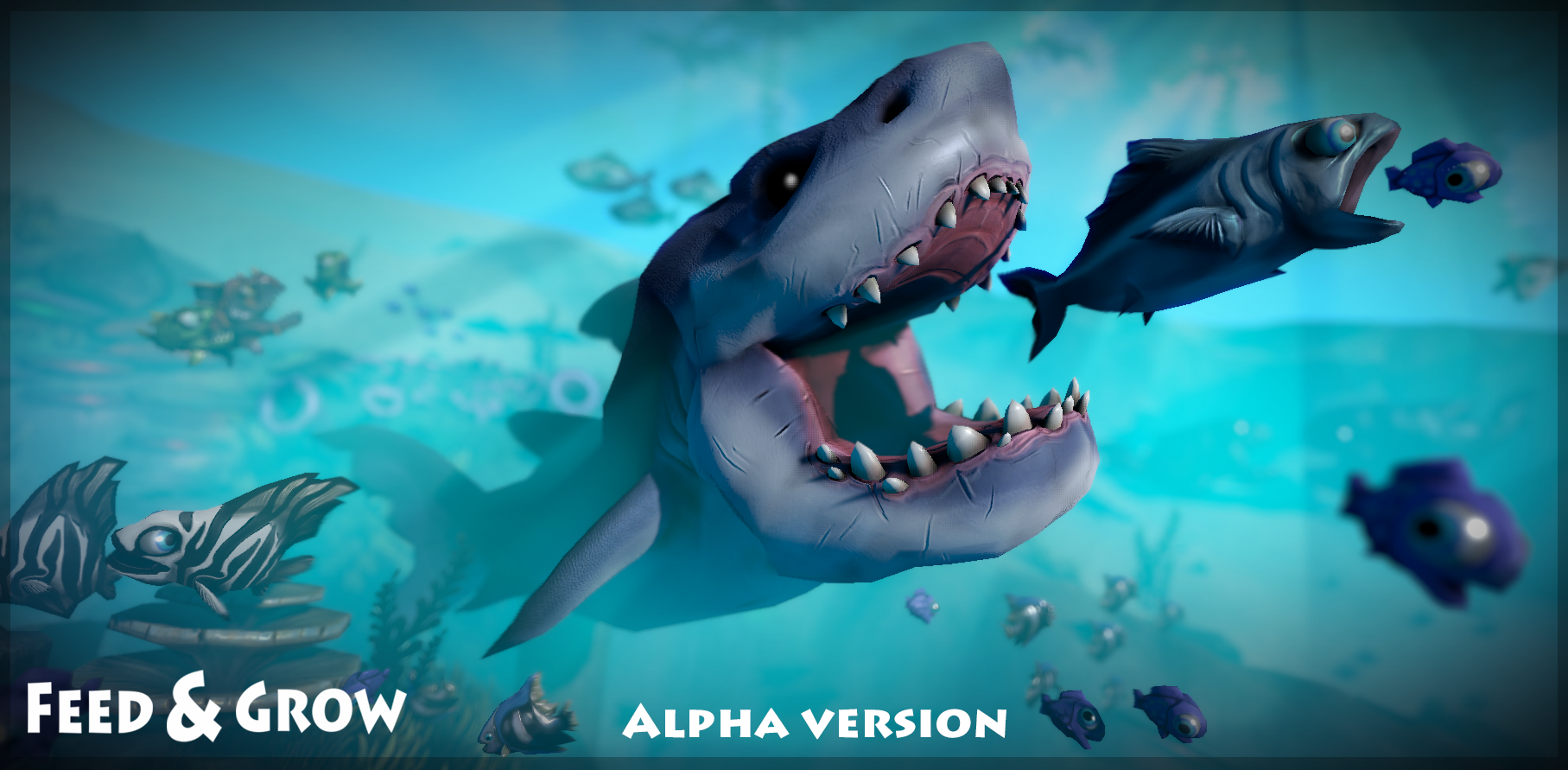
Cleaner fish are the only organism known to have a symbiotic relationship with great whites. The great white shark keeps its ecosystem in balance by eating seals which do not have many predators therefore the great white shark prevents it from overpopulating. This is a picture of a great white shark catching a seal The great white shark is diurnal, meaning they are active during the day and sleep at night. Although it has not been confirmed, many scientists believe that great white sharks find little gullies to rest still in, facing the the current so that water can pass through their gills even when they are still. In order to breathe, water must move over and past the great white sharks’ gills, therefore they must always be moving even when they are asleep in order to continue to breathe. Humans are very dangerous to the great white shark – thousands of sharks are killed each year by humans, while sharks only kill 15 people or less per year. It can also smell one droplet of blood in 25 gallons of water. A large meal can keep a great white shark full for up to 2 months. The great white shark does not chew its prey, instead it rips it into small pieces that can be swallowed whole. They eat seals, sea lions, otters, sea turtles, belugas and other small toothed whales.

It is a quaternary consumer/top predator, meaning they are at the top of their food chain.

They are partially endothermic, but are also known as lamnid sharks, meaning they can generate body heat from their muscles to keep their bodies warmer than the water temperature. Great white sharks are carnivorous heterotrophs. This shows how sharks produce heat to keep themselves warm


 0 kommentar(er)
0 kommentar(er)
